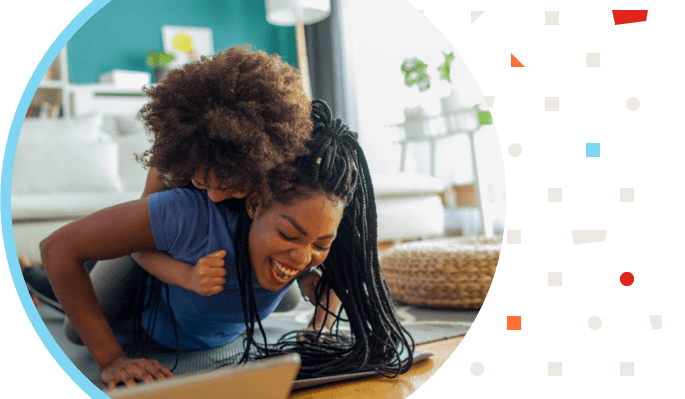The Best Developmental Toys for Babies

Browsing the colorful aisles of a toy store or pages of an ecommerce site, you could easily think that vibrant hues, flashing lights and lots of noise are required for every baby toy. But the best developmental toys are flexible, open-ended ones that grow with your child, letting them explore in lots of new and interesting ways.
Babies learn through play. They discover concepts such as bigger/smaller, cause/effect and object permanence. They develop skills such as grasping, reaching and hand-eye coordination. And babies use toys as a tool to interact with you and with other children.
So, stock your baby’s shelves with the following developmental toys, which give your baby lots of room to grow!
Multipurpose developmental toys
As your baby or toddler grows, they will find new ways to build and pretend with these multipurpose items: blocks of all shapes, sizes and textures (fabric, wood, plastic), nesting cups, stacking rings, buckets and scoops and shape sorters.
Stackers, nesters and fillers
Babies and toddlers love to pile things up and knock them down. They love to fill a container, then empty it and start again. Toys like these let them experiment with size and shape: Can this cup fit inside that one? Which one goes at the bottom of the tower, and which one at the top? What sound do I hear when I dump out this bucket? What happens when I take my cup into the bathtub?
“I see me!” toys
Little ones are naturally attracted to faces, so a baby-safe mirror is a happy addition to your tot’s play space. You can use it on the floor to promote tummy time, then display it on a wall or table later to motivate your child to sit, kneel and stand. Over time, your baby will learn that the cute face reflected in the mirror is their own. In the same vein: provide baby books that feature faces almost as sweet as the one in the mirror.
Pretender toys
As young as 3 or 4 months of age, babies start to recognize familiar faces and objects. Soon after that, they’ll want to play with whatever you have: a kitchen spoon, a baster, pots, pans and your keys. Kiddie structures like a play kitchen or tool bench with accompanying accessories let babies safely mouth and grab these items. And eventually they’ll begin to use them in pretend play, too.
Noisemakers
Even newborns are interested in (low-tech) toys that make noise, like rattles and the crinkly pages in a fabric book. Playing with these helps your child’s developing sense of hearing and teaches cause-and-effect. It also encourages your cutie to grab and reach for the enticing noisemaker, which your child will start to do at about the 4-month mark. Once your baby can sit up and especially into toddlerhood, your child can play with kid-friendly musical instruments, from egg shakers to tambourines.
Baby “buffets”
Activity mats, tables, puzzles and boards give you and your baby lots of choices. Your child can use them in many positions (on their back, standing up and so on), and they offer so much to see and do. Your baby can learn about shapes, colors, animals, letters and numbers, while practicing all kinds of manipulative moves with hands and fingers: pushing buttons, twisting knobs, sliding doors and more. Look for:
- Baby gyms (play mats with overhead arches for dangling toys)
- Play tables with removable legs so babies can play on their tummies
- Activity boards placed vertically (such as on the side of a play structure or push toy)
Rollers
Babies love to rock and roll! A ball is a simple but super-versatile toy that every baby should have, whether it’s big and fuzzy or smaller and jingly. Roll it back and forth to each other on the floor. Watch it tumble down an incline or try tossing it into a basket. And once your child is walking, just about every toddler enjoys a push toy, whether it’s the classic corn popper or a pretend-play option, such as a shopping basket, lawnmower or doll stroller.
Enjoy meaningful time together and introduce babies and toddlers to their world. It’s never too early!









